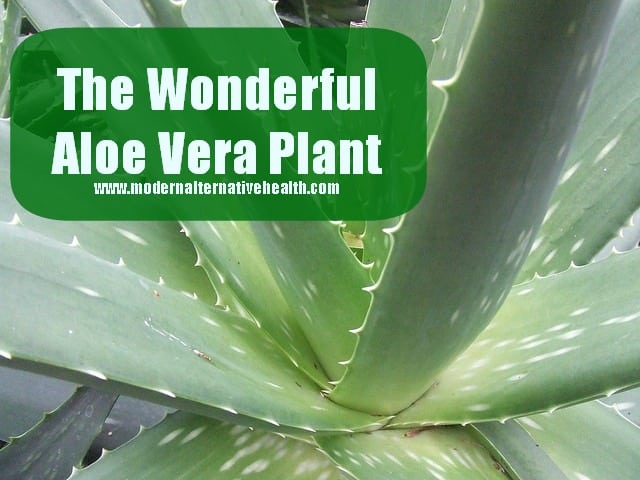 Image by tjmwatson
Image by tjmwatson
By Angela, Contributing Writer
Aloe has been a natural health remedy for thousands of years. The earliest record of aloe vera use comes from the Egyptians. There are records of the Egyptians drawing pictures of aloe vera plants on the walls of the temples. One of the common myths about the aloes was that the two Egyptian queens, Nefertiti and Cleopatra used aloe vera as part of their beauty treatments.
The people of Mesopotamia, a country located between the Tigris and Euphrates Rivers in present-day Iraq used the aloe vera to hold off the evil spirits from their residences. Aristotle convinced Alexander the Great to overtake the Isle of Socotra for their aloe supply.
Christopher Columbus once said, “Four vegetables are indispensable for the well being of man: Wheat, the grape, the olive, and aloe. The first nourishes him, the second raises his spirit, the third brings him harmony, and the fourth cures him.” 1 It sounds as if aloe has been used and tested for thousands of years all across the world! Sounds like something that could help us even in our “modern” age.
What Can Aloe Do For You?
According the the book Prescription for Nutritional Healing, aloe has the following uses:
Externally: Skin healer, moisturizer, softener, heals burns, cuts, scrapes, insect stings, bruises, acne, poison ivy and eczema. Helpful against infections, varicose veins, frostbite, skin cancer and arthritis.
Internally: Healing of stomach disorders, ulcers, constipation, hemorrhoids, colitis and all colon problems.
Jordin Rubin writes in his book, The Maker’s Diet, that aloe has anesthetic and antibacterial properties. It increases blood flow where applied topically and it can be applied to online casino sprains.
Patrick Quillin, Ph.D., says that in his experience with cancer patients, those who took aloe before and during radiation therapy had minimal damage of healthy tissue while still getting the effect from the radiation treatment. Dr. Quillin says that the mannan contained in aloe is an immune stimulant and aids in cellular communication. Aloe contains many beneficial nutrients such as phytochemicals, acemannan, beta-carotene, amino acids, calcium, folate, iron, magnesium, phosphorus, potassium, zinc, and vitamins A, B1, B2, B3, C and E, just to name a few! 2
How Do You Use Fresh Aloe?
The pulp inside the Aloe leaves is where the healing properties of the plant are contained. You can use your own fresh aloe. (If you don’t have an aloe plant, you may be able to find a friend or neighbor that would give you a piece of theirs, or even give you your own plant to grow.) Cut off one of the leaves, after it is cut let it stand for a minute to let the darker goo drip out. Then wash it, slice it open, and scoop out the pulp. The pulp can be applied directly to the affected area of the body, or blended into water, juices or smoothies to be taken internally.
Homemade Aloe Recipes
What About Store-Bought Aloe?
Fresh aloe is best, but if you prefer to buy a commercial product, choose one that contains no mineral oil, paraffin waxes, alcohol or coloring. 2 The processing makes a difference as well. The longer the aloe is cut, the more of its healing properties are lost. Look for organic, cold processed aloe.
What has been your healing experience with aloe? Do you have any great recipes for bath and body products using aloe? Please share!
References:
1. www.herballegacy.com/Baldwin_History.html. Baldwin, Gertrude . History of Aloe.
2. Balch, Phyllis A. Prescription for Nutritional Healing. New York, 2006.


I have got 4/5 plants of aloe vera in my kitchen garden. I am trying to increase the plants and wish to give the plant to the person who require it and use it. I use for my hair shining. Some time I apply it to the face also which keeps the skin soft. I think so.